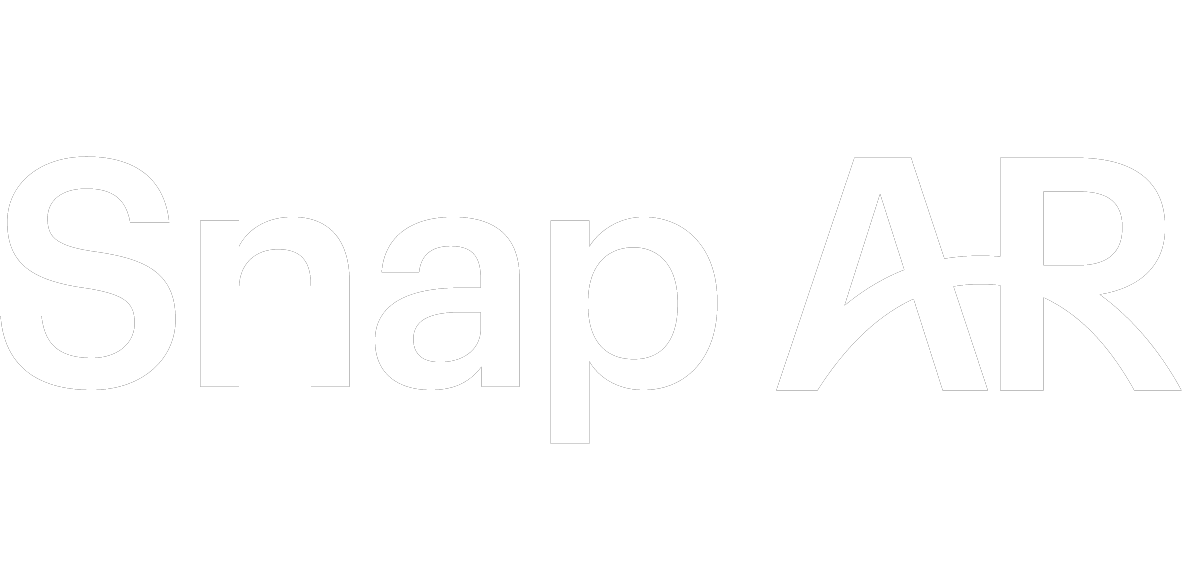Can you share a little about your military service?
Phillip: I served active duty for six years in the United States Air Force as an Aircraft Communication and Navigation Systems technician. My job was to maintain and repair all the radios and radar systems on board the planes. At my first duty station, I worked in the Maintenance Squadron which performed rigorous periodic inspections of the RC-135 reconnaissance aircraft equipment. After that, I moved to Minot, North Dakota where I worked on B-52H bombers, which are some of the oldest aircraft still in active operation. Our primary duties were to stand by and be ready to fix any system problems as the aircraft were preparing to take off. It was always an adrenaline rush to run out to a plane with its engines’ howling to get a radio working again so the crew could complete their mission.
What inspired you to join the military?
Phillip: There are those people who decide early in life what they want to do when they grow up, it’s all they dream about and they work hard toward that goal — but I wasn’t that kind of person. I had taken some college classes in high school and had contemplated a few different career paths like film director, cartoonist, or astronaut. None of them seemed realistically achievable for me. I was smart, but my grades were average. I knew I loved being creative but like so many kids my age, we were gently encouraged to go find “practical careers.”
It was my dad who pointed me in the direction of the Air Force. He served in the Air National Guard doing weather observation during the Vietnam War era and had a lot of positive things to say about his time in the military and how it could benefit me. I’d get training, discipline, opportunities for leadership, and career advancement. Plus, they pay for college and I’d be getting real world experience in a job that I could do after I got out. So I talked to a recruiter and enlisted. Even though I didn’t fully comprehend what I was getting myself into, I still think it was the right choice.
How has your service, and experiences during your service, impacted you?
Phillip: We’ve all seen movies with a basic military training montage — raw recruits being turned into disciplined soldiers. It’s entertaining to see someone else going through that, but a different matter when you’re experiencing it firsthand. However, it teaches important lessons like working as a team, doing things to the best of your ability, and staying cool in stressful situations. My experiences in the Air Force changed me in larger ways, too. The three Air Force core values: excellence in all we do, integrity, and putting the service before myself are all virtues that I believe in. It has given me the chance to see what it means to be a good leader and the lasting impact of when we mentor others. It has also instilled a deep respect for our nation and the men and women who have served — especially those who sacrificed their own lives so all of us from diverse backgrounds can live freely. May we speak kinder to each other and show a bit more love as a result.
What kind of Lenses do you like to create?
Phillip: I definitely have a favorite style of Lens that I like to make. It’s kind of become my signature (if you’ve seen the Potato Lens, you know what I’m talking about). It’s a full 3D character with an image background — typically in the shape of a common object or food with the user’s eyes and mouth on it. I come from a background in 3D character animation, so it makes sense that I’d gravitate toward this kind of experience. What I think so many people like about it, is that we’ve all grown up watching cartoons, so when we’re in this AR experience, we seem to instinctively know how to act and move. It lets you literally be a cartoon. Whether you’re a shy person or gregarious, people just seem to have fun with it. I love that.
Where do you pull inspiration for your Lenses?
Phillip: People have lovingly poked fun at my creative process as being: Phil *sees any object* “That could be my next Lens.”
I’m not saying they’re entirely wrong, but I do try to draw inspiration from everywhere. I’m a voracious consumer of all kinds of media — from video games, science fiction concept art, and horror movies to hard-boiled detective novels, photography, graphic design, and sequential art. I think it’s good to just keep your creative tank full, so to speak. You never know where your next “potato” will come from!
And I love seeing what other people are doing in the AR community. There are so many people who I’m constantly in awe of for their talent and technical abilities. And I think it’s so great that augmented reality is so expansive and multifaceted that there’s room for everyone in the space.
What do you love about the creator community on Snap?
Phillip: We all feel like friends. Because many of us got to meet in person in the early days of the program, a real kinship was formed. We frequently chat with each other and collaborate on projects. We can ask each other technical questions or get help from someone who is literally an expert. There seems to be much more patience and willingness to mentor and encourage upcoming creators as well. That’s a good sign of a healthy community.

